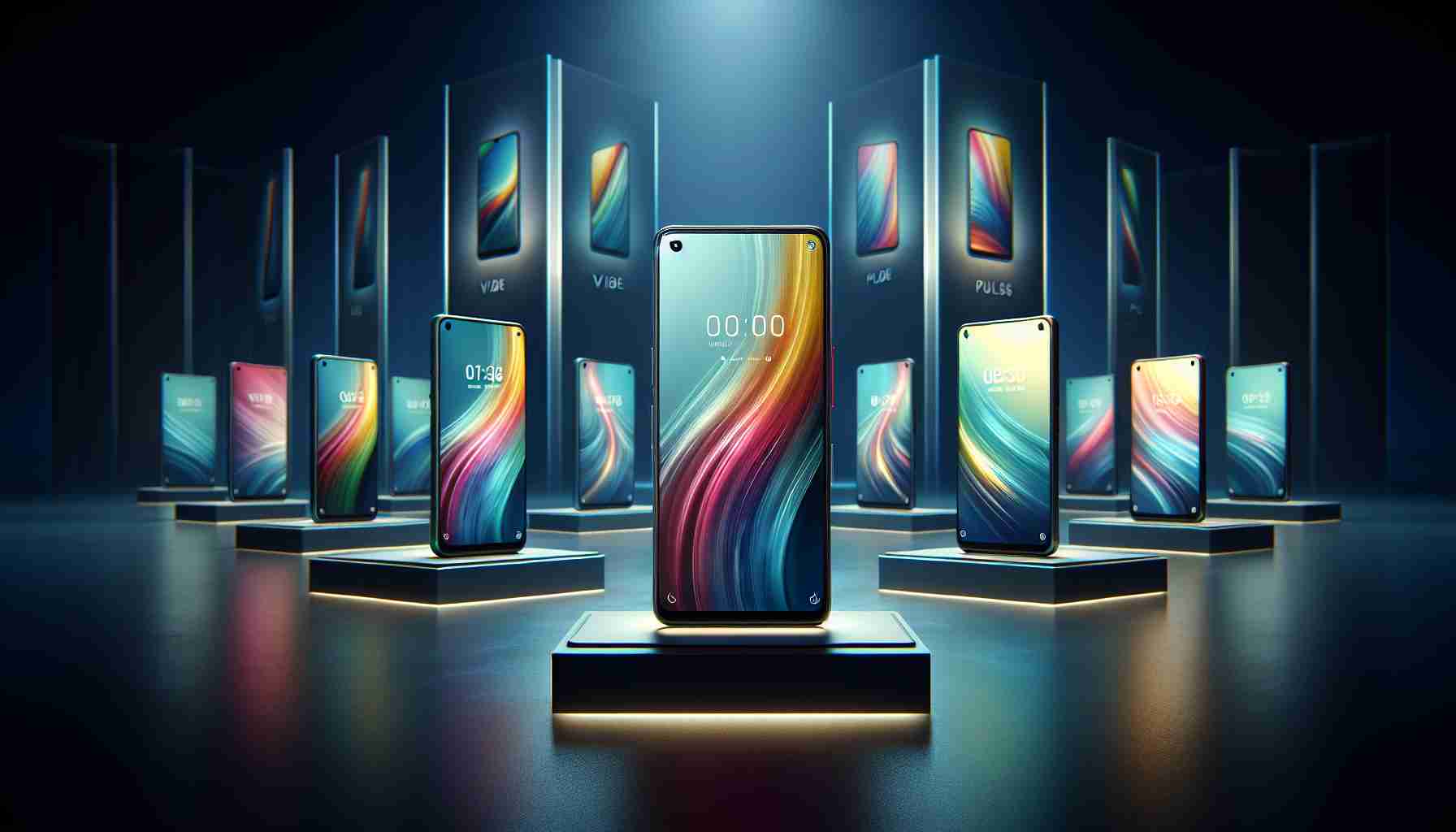HMD Global steps onto new ground by releasing its own line of smartphones, the Vibe and Pulse series, taking a strategic leap away from the Nokia branding legacy. This development heralds the company’s commitment to making its mark independently in the hyper-competitive realm of mobile technology.
The European market and other global regions are ushering in the HMD Pulse series, encompassing affordable smartphones with modest specifications by 2024 standards. Among these, the HMD Pulse Pro shines as the premium model, featuring a dual-camera setup that includes a 50MP main sensor paired with a modest 2MP depth sensor, labeled “50MP AI Camera.”
Despite trailing behind rivals regarding camera technology, like the absence of Zeiss lenses, the Vibe makes a compelling case with its IP52-rated resistance to dust and water sprays, making it a rugged option in the budget segment.
Enhancing the user experience is the generous 6.56-inch HD+ screen with a smooth 90Hz refresh and a robust 5,000mAh battery that confidently promises a two-day lifespan. The introduction of the Unisoc T606 chipset in these smartphones is unexpected, especially due to its lack of 5G capability—a noteworthy absence considering competing offers.
The Pulse Pro comes in an attractive palette of colors, including Glacier Green, Black Ocean, and Twilight Purple, and offers storage capabilities up to 256GB.
Sibling models, the Pulse and Pulse+, match the Pulse Pro in performance yet provide different camera and storage configurations. The standard Pulse, offering up to 6GB RAM, positions itself with a 13MP rear camera, while charging capacity for both remains confined to 10W.
On American shores, the HMD Vibe arrives as a rebranded Pulse, featuring a Snapdragon 680 processor without 5G, a smaller 4000mAh battery, and a single configuration offering 128GB storage.
All four newly announced models operate on Android 14 and HMD Global assures customers of their investment in prolonged software support.
While the company’s software update history is spotty, this promise could redeem their status. It remains to be seen whether HMD’s phones will maintain the clean Android experience synonymous with Nokia or pivot towards the less favorable trend of pre-installed bloatware.
As for availability, these HMD-branded devices are likely to reach Indian markets soon, especially considering HMD Global’s strengthened manufacturing presence and a recent partnership with the IPL’s Rajasthan Royals. With the Vibe set for a May launch and the Pulse series coming to Europe, HMD Global takes a bold step towards defining its future in the tech playground.
Key Questions and Answers:
– What is HMD Global’s new smartphone line?
HMD Global has launched a new line of smartphones called the Vibe and Pulse series.
– What are the features of the HMD Pulse Pro?
The HMD Pulse Pro features a 50MP AI Camera, dust and water resistance with an IP52 rating, a 6.56-inch HD+ screen with a 90Hz refresh rate, a 5,000mAh battery, and up to 256GB of storage.
– What chipset is used in the HMD Pulse series, and what is a notable omission?
The HMD Pulse series uses the Unisoc T606 chipset, which notably lacks 5G capability.
– What are the differences between the HMD Vibe and the HMD Pulse series?
The HMD Vibe, available in America, is a rebranded version of the Pulse with a Snapdragon 680 processor, a 4000mAh battery, and 128GB of storage.
– What about software support for HMD Global’s new smartphones?
HMD Global assures prolonged software support with all models operating on Android 14, although the company has a mixed track record regarding software updates.
Key Challenges and Controversies:
– Competition: HMD Global faces stiff competition from other manufacturers, especially those from China, which offer cutting-edge features at similar or lower price points.
– Brand Identity: Moving away from the Nokia brand could pose a challenge in gaining consumer trust and recognition for the new HMD-branded devices.
– 5G Technology: The lack of 5G capability in the Pulse series could be seen as a disadvantage as 5G begins to become standard in many markets.
– Software Updates: HMD Global has been criticized in the past for their spotty software update history; they need to deliver on their promise of prolonged support to build consumer trust.
Advantages and Disadvantages:
– Advantages:
– The IP52 rating for dust and water resistance offers increased durability in the budget segment.
– A large battery promising multi-day use and the smooth display are attractive for consumers valuing these aspects.
– The commitment to software updates could enhance the long-term value of the devices.
– Disadvantages:
– The Unisoc chipset’s lack of 5G capability could limit the phones’ appeal in markets where 5G is rapidly expanding.
– The camera technology may not compete well with other brands offering better optics or partnerships with renowned lens-makers like Zeiss.
– Existing consumer loyalty to the Nokia brand might not easily transfer to the new HMD-branded devices.
Given the context of HMD Global’s new smartphone line, relevant sites for additional information might include Android for updates on the operating system used by HMD devices, and Qualcomm for details on the Snapdragon processors used in some of the Vibe models. If the article had mentioned any telecom partnerships or carrier availability, links to those respective websites could have been included as well.
The source of the article is from the blog queerfeed.com.br
